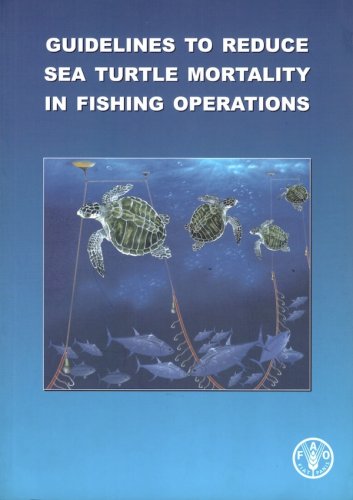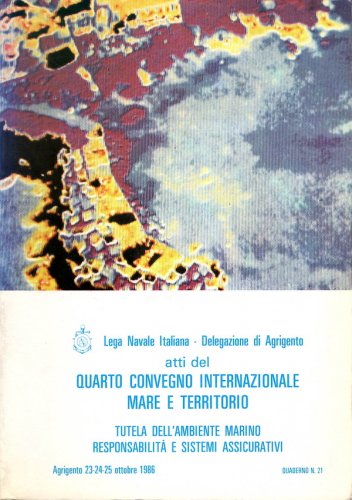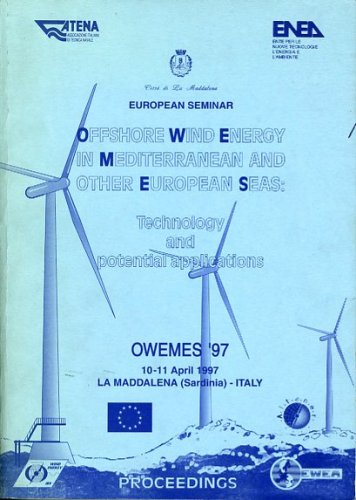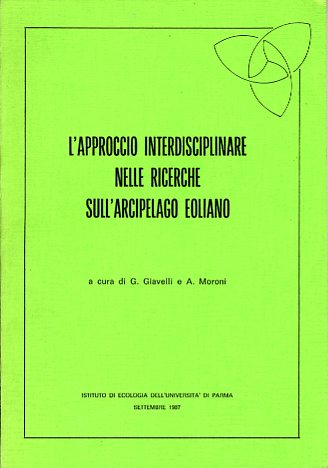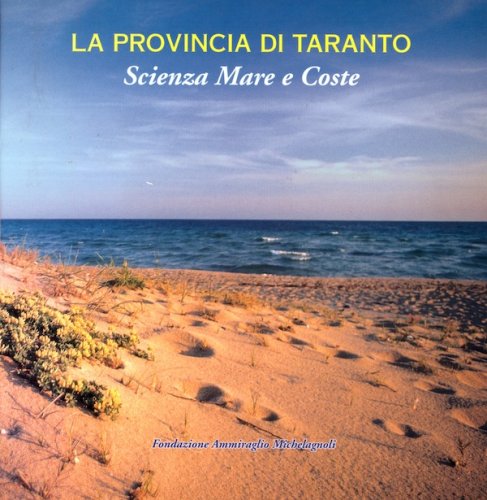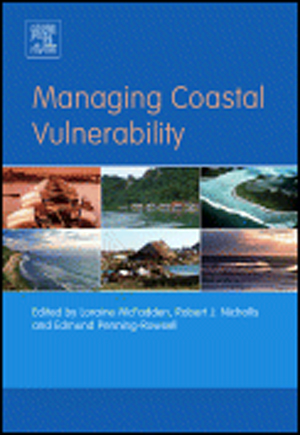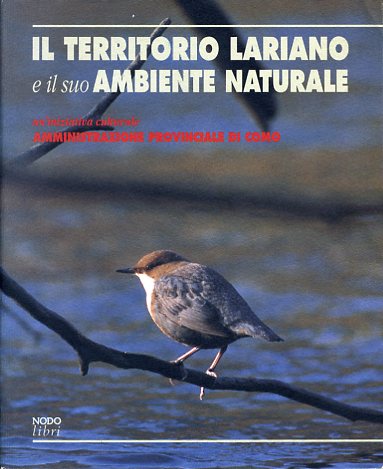Guidelines to reduce sea turtle mortality in fishing operations
Guidelines to reduce sea turtle mortality in fishing operations
- Disponibile in 48 ore
- Possibilità di reso entro 10 giorni lavorativi
- Transazione sicura con carta di credito, Paypal o bonifico bancario
- Spedizione tracciata con SDA
Sea turtles are affected by a range of different factors, some natural and others caused by human activities, including fishing operations. As a result, ali sea turtle species whose conservation status has been assessed are considered to be threatened or endangered. These guidelines provide assistance for the preparation of national or multilateral fisheries management measures and industry initiatives that may help to conserve sea turtles by reducing the negative impacts that fisheries may have on them. The guidelines are voluntary and non-binding. Their scope is global, but when they are implemented, national and regional diversity, including cultural and socio-economie differences, should be taken into account. These guidelines present our best understanding of how to reduce interactions between sea turtles and fishing gear and reduce the proportion of caught turtles that are killed as a result of interactions with marine capture fisheries. They include information about how to change fishing gear and fishing methods and how the fishing industry can adopt voluntary approaches to reduce sea turtle mortality. The guidelines make suggestions about implementing management actions, such as input and output controls and bycatch fees and they cover subjects such as bycatch hotspot avoidance, best practices for the handling and release of caught turtles and reducing derelict fishing gear and other marine debris. They also identify fisheries and areas where fishing may be a relatively important cause of sea turtle deaths. Research, monitoring, information exchange, capacity-building, financial support, socio-economie, cultural and legai aspects are also discussed.

